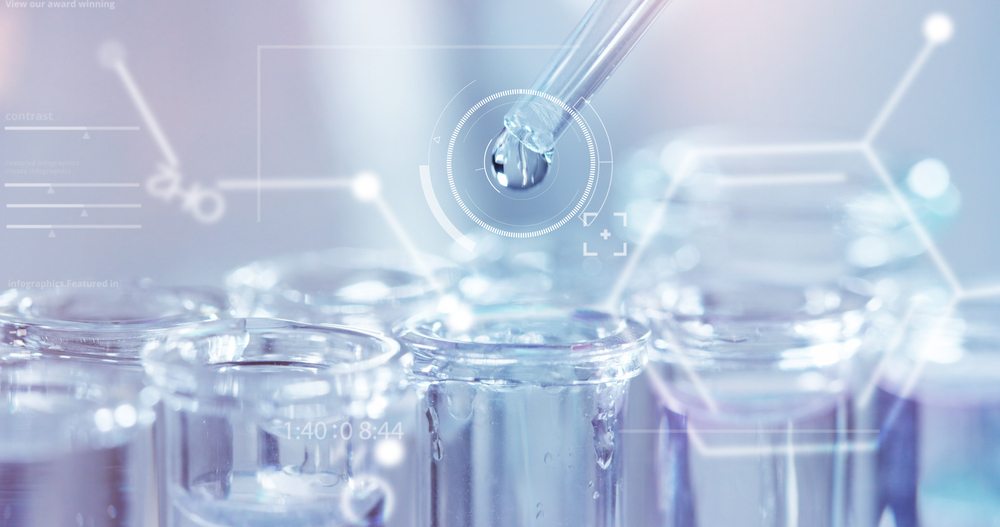
Introduction to Forensic DNA Lab Analysis
Forensic DNA lab analysis has become integral to modern criminal investigations, offering unparalleled accuracy and reliability in identifying individuals and establishing their involvement in crimes. This article provides a comprehensive overview of forensic DNA lab analysis, its scientific foundations, applications in criminal investigations, laboratory procedures, evaluation in courtrooms, and future advancements.
The Science Behind Forensic DNA Analysis
At the core of forensic DNA analysis are sophisticated techniques that unlock the genetic code within human cells. Polymerase chain reaction (PCR) amplification enables the replication of specific DNA regions and generating sufficient material for analysis. Short tandem repeat (STR) profiling, the most used DNA profiling technique, examines particular areas of the DNA to determine unique genetic profiles. Mitochondrial DNA analysis, on the other hand, focuses on the DNA within the mitochondria, structures within cells that generate energy for cellular functions. Because the number of mitochondria substantially exceeds the number of cells, the more abundant mitochondrial DNA can provide valuable information when other DNA sources are scarce or degraded.
Applications of Forensic DNA Lab Analysis in Criminal Investigations
Forensic DNA lab analysis is vital in solving cold cases where traditional investigative techniques have been exhausted. By comparing DNA profiles obtained from crime scenes with databases of known individuals, investigators can link suspects to the location or exclude innocent individuals, bringing closure to long-standing mysteries. Additionally, forensic DNA lab analysis is instrumental in identifying missing persons and enabling their families to find answers and seek justice.
The Role of a Forensic DNA Analyst and Laboratory Procedures
A forensic DNA analyst plays a critical role in the laboratory by collecting, processing, and analyzing DNA samples. Rigorous protocols ensure the integrity of the evidence, starting with proper collection and preservation methods to avoid contamination or degradation. The chain of custody documentation meticulously tracks the movement and handling of DNA samples, making it more likely that the evidence will be legally admissible in court.
Evaluation and Interpretation of Forensic DNA Evidence in Courtrooms
Forensic DNA evidence holds substantial weight in courtrooms, and forensic DNA analysts often testify as expert witnesses. They present the results of their analysis and provide an interpretation of the significance of the findings. Statistical calculations, such as calculating match probabilities, play a crucial role in evaluating the strength or weight of the DNA evidence and its relevance to the case at hand. Understanding the complexities of DNA analysis results allows judges and juries to make informed decisions based on the evidence presented.
Challenges and Limitations of Forensic DNA Lab Analysis
Forensic DNA lab analysis is not without challenges and limitations. Mixed or degraded DNA samples, often encountered in real-world crime scenes, can present difficulties in obtaining comparable profiles. The reliance on DNA databases and the limited size of these databases can pose challenges when identifying suspects, mainly if their DNA profile is not already present. Additionally, interpreting complex DNA mixtures from multiple contributors can be intricate and requires careful analysis.
The Future of Forensic DNA Lab Analysis: Advancements and Emerging Technologies
The future of forensic DNA lab analysis looks promising with advancements and emerging technologies on the horizon. Rapid DNA analysis systems, capable of providing results within hours, hold potential for quick identification of individuals or the possible exclusion of an individual. Next Generation Sequencing (NGS) technologies enable comprehensive DNA analysis, allowing for increased discrimination power and enhanced identification capabilities. Forensic Genetic Genealogy (FGG) or familial searching methods, which compare DNA profiles to find potential relatives, offer a valuable tool for identifying suspects when direct matches are not found in databases.
As forensic DNA lab analysis continues to evolve, new trends and technologies are shaping the field. One notable trend is the integration of microfluidics in DNA analysis. Microfluidic devices allow for precise manipulation and analysis of small volumes of DNA samples, reducing costs and time requirements while increasing efficiency. These devices enable multiplexing, the simultaneous analysis of multiple DNA markers, and this provides more comprehensive and informative results.
Additionally, the emergence of single-cell DNA analysis holds great promise for forensic investigations. This technique enables the examination of DNA profiles from individual cells, allowing for a single DNA profile to be obtained from complex mixtures and trace amounts of DNA. Single-cell DNA analysis can enhance the sensitivity and accuracy of forensic DNA lab analysis and opening up new possibilities for solving cases with limited or compromised samples.
Another area of advancement is the utilization of advanced statistical models and probabilistic genotyping in DNA analysis. These models enable more precise estimation of match probabilities and interpretation of complex DNA mixtures and further improve the reliability and validity of forensic DNA evidence. By incorporating population genetics data and considering various scenarios, these models provide a more nuanced understanding of DNA profiles, enhancing the overall accuracy of forensic DNA lab analysis.
Furthermore, epigenetics, the study of modifications to DNA that affect gene expression, is gaining attention in forensic DNA analysis. Epigenetic markers can provide additional information about an individual’s characteristics and environmental exposures while complementing traditional DNA profiling methods. This expanding area of research has the potential to enhance the discrimination power and identification capabilities of forensic DNA lab analysis, particularly in cases where standard DNA profiling may fall short.
Conclusion
Forensic DNA lab analysis has revolutionized criminal investigations by providing a robust and reliable tool for identifying individuals and establishing their criminal involvement. From its scientific foundations to its applications in solving cold cases and identifying missing persons, forensic DNA analysis has proven to be a game-changer in pursuing justice. As technology advances, we can anticipate greater accuracy, efficiency, and expanded applications in utilizing forensic DNA evidence. With its undeniable importance in criminal investigations, forensic DNA lab analysis remains at the forefront of modern forensic science.
